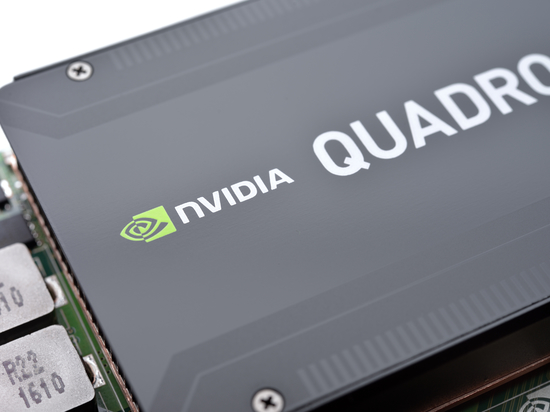
#Industry News
Confronting EMR Compatibility in Medical Computers
EMR Functionality Depends on the Computer Running the Software
Electronic medical records or EMRs, are the future of medical record-keeping. As of 2015, 87% of hospitals in the United States use some kind of EMR software, and that number is only growing. There are a number of benefits to EMRs: it cuts down on space once needed for bulky paper records, it streamlines bookkeeping, and it can allow physicians and other caregivers to access needed information with just a few clicks of a button.
However, the process is not perfect, and as hospitals and other care facilities move forward with this technology, they’re bound to run into some snags. Indeed, many medical professionals report a high degree of frustration with EMRs: resulting in longer hours and increased risk of burnout. EMRs are supposed to simplify the process of filling out paperwork, and yet many doctors report the exact opposite.
As the technology improves and healthcare providers integrate EMRs more smoothly into their system, those issues will gradually be eliminated. But that’s cold comfort to the healthcare professional spending long hours wrestling with the interface, or struggling to locate information in the system that’s supposed to be making life easier for them.
In many cases, the kind of computer involved can make a big difference. Medical computers with the right features will allow EMR software to function as intended and provide its implicit benefits to your staff. We’ve provided a brief discussion of the features you should look for if you’re hoping to integrate an EMR system or want to improve the efficiency of an existing EMR system.
Start With the Screen
Medical computers need to meet certain standards in order to be safe for near-patient use, but just because a computer is certified for medical use doesn’t mean it’s compatible with a given EMR software. A strong example is the computer’s screen aspect ratio. Some monitors utilize a 4:3 aspect ratio (the same as older box TVs). But an EMR may require 16:9 screen ratio (matching modern flat-screen TVs) in order to display all of the required information. In the worst cases, it might even reject the software entirely. Make sure the screens of your medical computer are compatible with the software you choose.
Security Matters
One of the concerns of EMRs is enhanced security. Medical records are big business on the black market and cyberhacking is a huge concern for any healthcare organization. Indeed, some EMR software requires two-factor authentication entailing aspects such as fingerprint readers to confirm the user’s identity. Such steps are not only desirable but necessary in order to prevent catastrophic data breaches. The medical computers you use should offer two-factor authentication compatible with the EMR software in order to ensure they work smoothly with each other.
Interoperability Is the Biggest Concern
On top of all of that, however, an EMR software package requires a high degree of interoperability in order to function. Every computer in the hospital system needs to be able to run it and gain access to it. That can sometimes include legacy medical devices and older equipment that may struggle with the needs of your chosen EMR. A unified system throughout your organization will ensure that the software can be used smoothly, which in turn allows staff members to log information swiftly and access it without wasting time. Systems with LAN ports, for instance, allow for swift intra-network connections, while computers with human machine interface (HMI) capabilities and legacy ports can make it much easier to access data from older legacy devices.
Cybernet Manufacturing produces a diverse array of quality medical computers designed with EMR software applications in mind. Many of our computers are certified for use with popular EMR software like Epic and Cerner, allowing for swift integration and application. Call us today to discuss your options!




